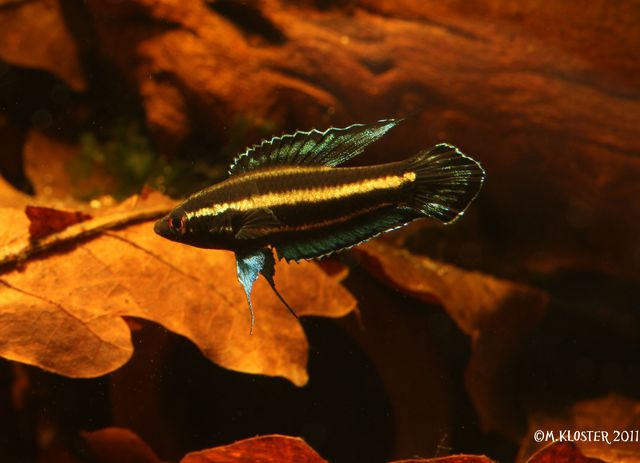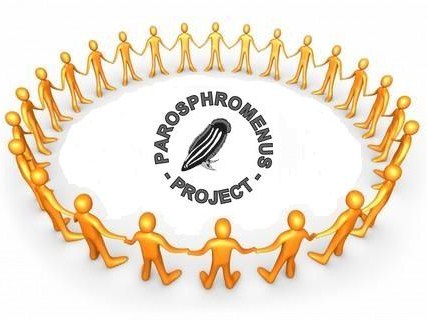What is the Parosphromenus project?
On this website we describe the backgrounds, the origin and the present course of the Parosphromenus project. We introduce its aims and explain the structures on which it works. We hope in this manner to appeal worldwide to those who are interested in the Licorice Gouramis and to connect each other to a virtual network in which everybody can work towards their protection and preservation.
This project is the attempt to set up a global network of friends of this small fish group from the primeval forests of South-East Asia and on the edge of extinction. We are using the opportunities provided by the Internet to enhance co-operation, through a widely distributed roles, and a well co-ordinated network to fight for preserving these precious fish.  We herein describe the organisation, the management, and what it means to be involved in this project, to become a participant of this totally free of charge community; to become member of the network of Liquorice Gourami friends and to participate with focus on its aims.
We herein describe the organisation, the management, and what it means to be involved in this project, to become a participant of this totally free of charge community; to become member of the network of Liquorice Gourami friends and to participate with focus on its aims.
Everybody can do this whether he now is a member of any other association or not. The Parosphromenus-Project itself is no formal association and as a global network is not obliged to any institution. It integrates everybody in any country whatsoever yet interested in Licorice Gouramis and wanting to help them survive.
Most Parosphromenus friends are aquarists. Therefore, the Parosphromenus-Project at the same time also is a model of a new form of the aquarium hobby: the model of species conservation aquarists based on global communications. This is not at all about illusions. We will expectedly not have the power in a foreseeable future to prevent the constant and dramatic habitat destruction, nor will we be able to establish and conserve all species and populations in aquariums. Above all we doubt that we will ever able to replant aquarium grown fish back into their natural habitat. To create new flowing-water moor biotopes in the homelands of our fish would be an absolute illusion. One could maybe set up ponds, but no fluent primeval forest marshes. Indeed to release aquarium grown fish into still intact marshes of the appropriate type, would be nothing but counterproductive in every aspect. Our knowledge about the genetic differences of the various wild populations still is so poor that any release could be an uncontrolled fauna falsification. The only serious perspective of responsible nature conservation consists in protecting the still remaining rests of natural biospheres and, wherever still possible, to protect these refuges from anthropogenic threats and alterations, which are affecting wide areas already.

The Parosphromenus-Project in view of this at present extremely difficult job predominantly concentrates on the long-term preservation of aquarium populations without leaving the other, actually even more important task of conserving natural habitats. But we follow the principle to start where a small group has power to really move something. And the first duty of serious aquarists indubitably must be to enforce the change of paradigm from consumption to preservation. This in particular is required for the extremely threatened, rare and precious fish species like the Licorice Gouramis.
(PF)

